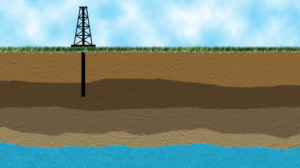Hydraulic Fracturing or fracking, as it’s commonly phrased, is a gas extraction process. It involves underground drilling and the high-pressure expulsion of chemically infused water to liberate natural gas from shale.
STEPS TO A FRACKING OPERATION
1. Fracking begins when a borehole is drilled vertically about 1 mile into the shale.

2. This hole is turned to continue horizontally for up to 2 miles.
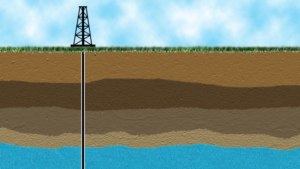
3. Steel casing and cement line the entire borehole and along the horizontal portions.
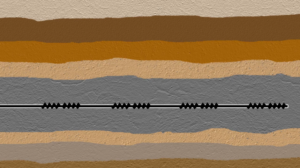
4. Small explosions perforate the casing.
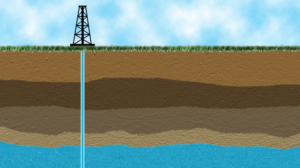
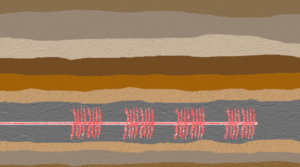
5. Between 5-8 million gallons of water, silicon sand, and an array of chemicals from benign carcinogenic such as ethylene glycol, a friction reducer, and glutaraldehyde, a powerful biocide, are pumped at extremely high pressure into the well.

6. This high pressure fractures the shale and releases natural gas.
WHAT ARE THE RISKS?
The United States’ oil and gas boom has transformed hundreds of communities across the country. Rural areas, small towns, suburbs, and cities are rapidly transforming into industrial production zones. This includes people’s backyards, schools, places of worship, farmland, and natural landscapes.
From drilling a hole at the start, to disposing of toxic waste at the end, the fracking process has the potential to endanger our water and the health of our communities. Risks include:
- Drinking water contamination due to aquifers being in the vicinity of fracking wells
- Health effects due to toxic chemical exposure (rashes, disease, cancer, death)
- Methane pollution and subsequently, climate change
- Air pollution
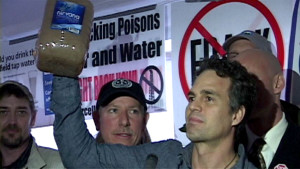
- Endangerment of plants and animals due to ecosystem changes
- Decrease in property value
- Waste disposal
- Tremors and earthquakes due to fracking and the disposal of wastewater
- Fracking traffic congesting residential roads
- Large volume water use in water-deficient regions
- Workplace safety
WHAT CAN YOU DO?
The Groundswell of resistance to fracking is a national and international movement. This effort, like the civil rights, women’s rights and worker’s rights movements can only make a difference if people respond and take part. Unfortunately, most people still do not know enough about the real threat of fracking. Industry TV and radio ads constantly bombard them with positive messages about this controversial process. Watch our film, organize a screening, get involved, and spread the word!
Visit our get involved page for more information.

